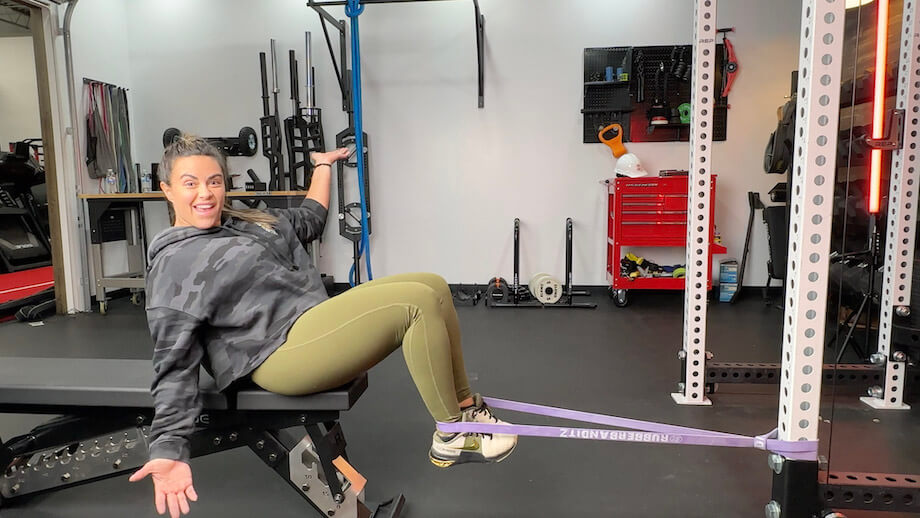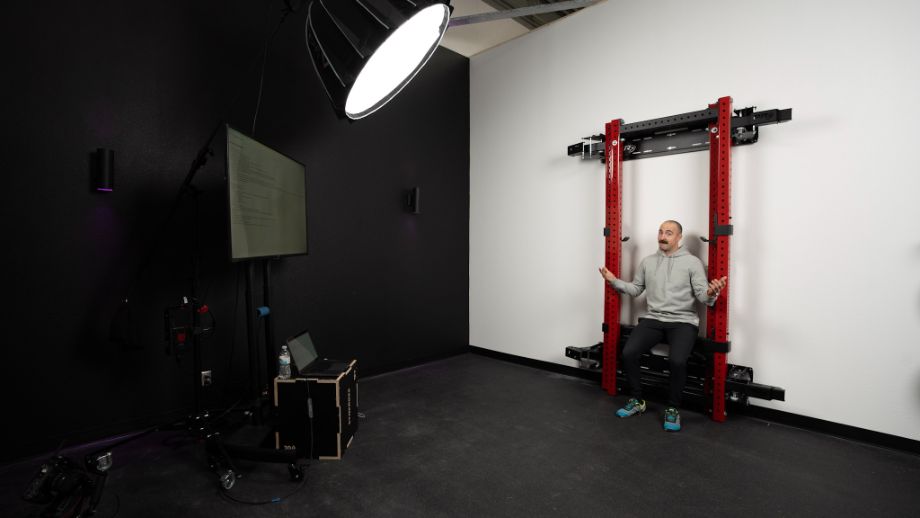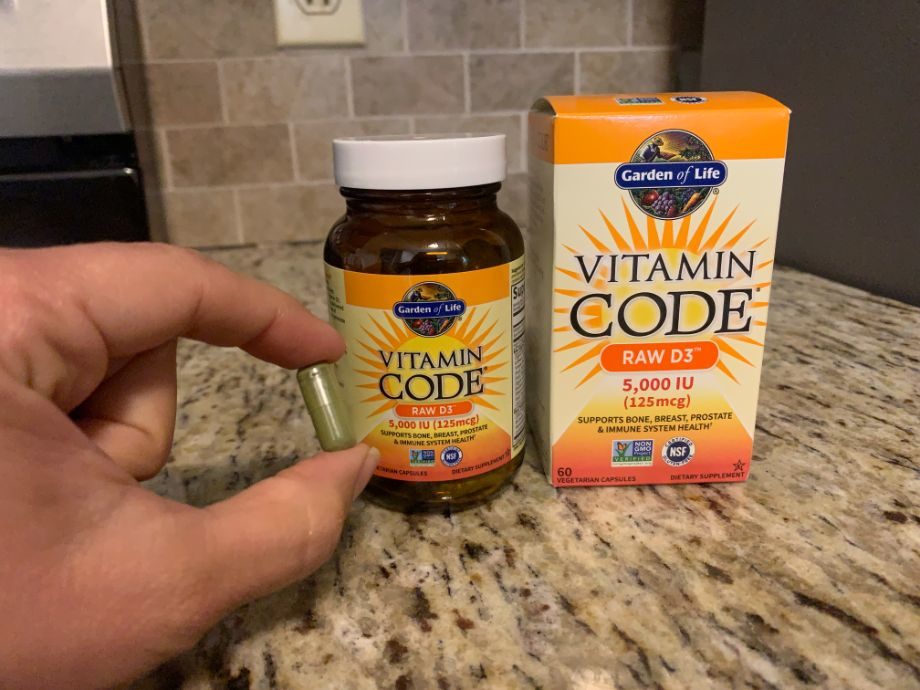The short answer? It depends.
Massage guns are the hottest recovery tool since foam rollers, but the question is: Do they work? There’s lots of anecdotal evidence from people who absolutely swear by them, so we dug into the research and got the scoop from a handful of experts to see if science backs up their use.
Here, we’ll dig into the nitty gritty of percussive therapy and whether or not a massage gun works for different applications, from muscle recovery to nerve pain.
What Is a Massage Gun?
A massage gun is a portable, handheld device that allows you to access the benefits of massage at any time (as long as it’s charged).
Massage guns utilize two popular therapies: percussive massage or vibration therapy. They elicit short bursts of pressure or steady vibration, two types of soft tissue manipulation that are said to aid in muscle recovery and reduce soreness and pain. But do massage guns work?
Do Massage Guns Work?

The short answer: it depends. Massage guns can help with muscle recovery, mobility, range of motion, and pain relief but they’re not a blanket solution for every musculoskeletal problem that ails you. A large part of a massage gun’s effectiveness also comes down to the actual specs of the model you’re using (we’ll help you choose one later).
How Effective are Massage Guns?
A massage gun’s effectiveness depends on what you’re using it for. Here are the most common reasons people seek out the help of a massage gun, and the answers to how effective a massage gun is for that specific application.
Muscle Recovery
Muscle recovery is the most well-studied benefit of massage guns, which makes sense since regular massage therapy and myofascial release therapy—a technique specifically aimed at releasing “trigger points,” or adhesions in the fascia—are widely accepted muscle recovery tools. Massage guns provide similar benefits.
Using a massage gun after a workout or any intense, physically demanding activity can help cool your muscles down and prevent fatigued muscles from tightening up.
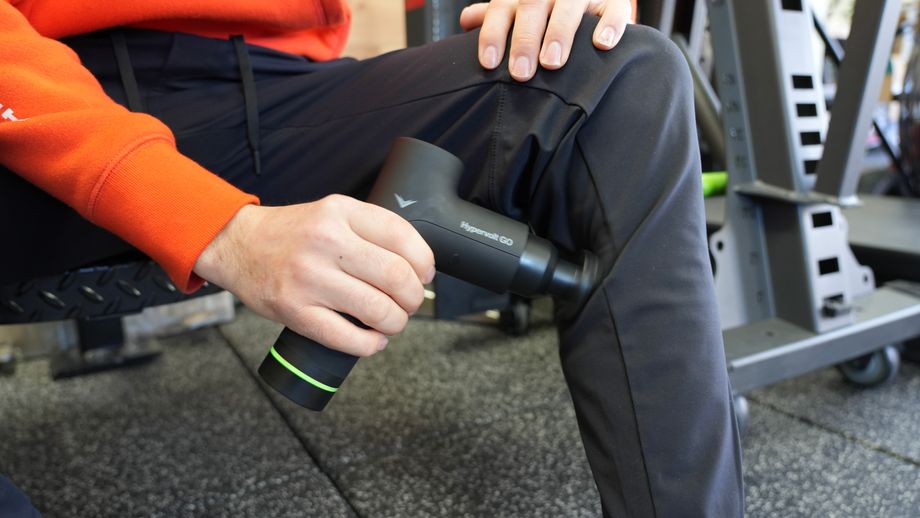
“These devices stimulate the area to increase blood flow and warm muscle tissues to an area,” says Dr. Rahul Shah, a Board-Certified Orthopedic Spine & Neck Surgeon. “By stimulating blood flow, the essential nutrients [for] building muscles and alleviating injury are driven to the areas stimulated.”
In a study that was published in the Journal of Clinical and Diagnostic Research in 2014, researchers set out to compare the effects of 15 minutes of regular massage therapy with five minutes of vibration therapy. They found that when compared to a control group, both groups had less self-reported muscle soreness and significant improvements in range of motion two and three days after exercise.
Massage guns may also help remove post-workout waste products that can cause sore muscles from the bloodstream. In that same 2014 study, the researchers also measured lactic acid dehydrogenase (LDH) and creatine kinase (CK) following exercise. The group that received the vibration therapy had lower levels compared to the other two groups. This is significant because LDH and CK both contribute to delayed onset muscle soreness (DOMS), which is the soreness you typically feel two to three days after a good workout.
Mobility
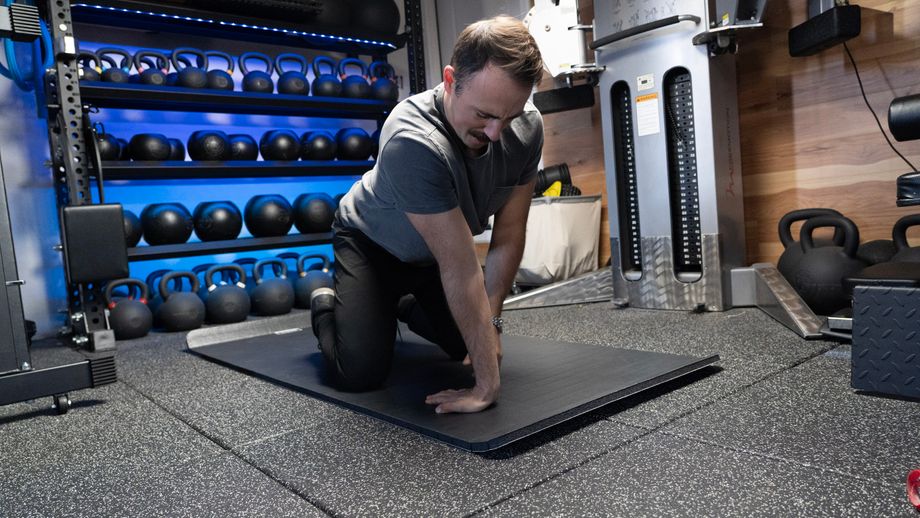
Sore, tight muscles have a huge impact on your mobility, but massage guns can help by releving muscle pain and tension, improving blood circulation, and breaking up fascial adhesions.
“By decreasing soreness and potentially altering muscle guarding, a massage gun has been shown to increase joint [range of motion] where a muscle is the primary limitation,” says Karl Burris, PT, DPT, OCS, a Board Certified Orthopedic Clinical Specialist and Founder/CEO of Live Life Physiotherapy.
Researchers tested this theory in a 2020 study published in the Journal of Sports Science and Medicine. They found that just five minutes of percussive therapy could increase the range of motion in the plantar flexor muscles, the muscles of the ankle, foot, and leg, by 5.4 degrees.
Performance Enhancement

A massage gun won’t improve your innate athletic abilities, but it may help shorten the time it takes to restore maximal power following a fatiguing activity, according to Bruss. This can potentially enhance your athletic performance in physical feats, such as vertical leap, he says. And science agrees.
In one study that was published in The Journal of Physical Therapy Science in 2019, researchers divided 30 men into two groups. One group received a 2-minute localized vibration on their quads before exercise, and the other group got no intervention. The group that received the vibration massage took longer to reach muscle fatigue, or at least perceived fatigue, during their workout.
Better mobility, increased range of motion, and less pain (all things a massage gun can help with) can also play an overarching role in enhancing your performance. While most of the research has been done on manual sports massages and not massage guns, specifically, one study published in the Journal of Alternative and Complementary Medicine showed that a five-minute forearm massage could improve grip strength following a workout. Since a massage gun can provide similar manual manipulation, it’s possible it could have the same benefit.
Pain Relief

There’s not a lot of science to back up the use of massage guns for pain relief outside of general muscle soreness, likely because pain is incredibly complex, according to Burris. “In my experience, for certain pain experiences that are dominated by muscle guarding and muscle tension, the massage gun has been an effective tool in reducing a client’s pain in the short term,” he says.
There is one small observational study that looked at people with fibromyalgia, a chronic condition characterized by widespread pain and discomfort. Participants were given 10 deep, oscillation massages over the course of five weeks. At the conclusion of the study, all participants said their symptoms had improved and they were experiencing a better quality of life.
Circulation
As with pain relief, there haven’t been many studies done on massage guns and circulation, specifically, but a 2014 study published in the Journal of Complementary and Alternative Medicine found that skin temperature increased after a 10-minute massage, which is a sign of increased blood flow to the area.
And according to Burris, regular massage can increase blood circulation for up to 72 hours when performed directly after exercise, and for sedentary individuals. Because of this, he says it’s logical to conclude that the stimulation from a massage gun has a similar effect.
Sciatica
Sciatica, more officially known as lumbar radiculopathy, is nerve pain that follows the path of the sciatic nerve, which runs through your lower back, hips, butt and legs. Sciatica typically presents as a radiating pain, numbness, or weakness and can have several underlying causes, from a nerve condition to poor posture.
While a massage gun can’t address the underlying cause of sciatica, it may help ease tension and inflammation around the nerve and help you find some relief. “Manual interventions targeted at muscular impairments can be beneficial in reducing symptoms,” says Burris, “However, [a massage gun] should not be used as a primary intervention until proper assessment by a medical professional.”
Related: Massage Gun For Sciatica
How to Use a Massage Gun

How you should use a massage gun depends on why you’re using it, but here are some general best practices:
- Turn the massage gun on to the lowest speed before applying it to your muscles.
- Once the massage gun is fired up, apply it where you want it and then slowly move the massage gun along the muscles, increasing pressure if you want to.
- If you notice a knot or adhesion, apply targeted pressure for 30 seconds before moving on.
- Spend two to three minutes on different muscle groups.
As with any wellness practice, consistency is key. To reap the biggest benefits, you’ll need to use the massage gun regularly. Make it part of your warm-up and cool-down during each workout, or keep it somewhere that makes it easy to incorporate it into your day.
Buying a Massage Gun that Works: Specs to Look For

Now that you know a massage gun can work, the next step is choosing a good one. We have more in-depth information about how to shop for a massage gun (and our favorite picks) in our roundup of the best massage guns, but here’s a quick rundown of what you should look for.
Power
Ultimately, whether a massage gun works comes down to power, and that’s measured in two of the most important specs to consider: amplitude and stall force. Amplitude describes how deeply the massage gun gets into the muscle fibers, and stall force is the amount of pressure that can be applied to the massage gun before it will stop working, or “stall.” Stall force is a good indication of how much pressure you can apply to the massage gun when you’re using it.
A higher amplitude and stall force are going to translate to increased intensity and depth of the force, according to Burris. “Think of it as if you are tenderizing a steak,” he says. “The greater the distance you travel into the steak and the [more] force with each impact, the greater effect you will have at breaking down the fibers of the steak.”
When choosing a massage gun, stall force largely comes down to preference and how much pressure you want to apply to your muscles, but amplitude is less subjective. To be considered a true percussive massage gun, it has to go at least 16 millimeters into body tissue. That being said, many massage guns toe the line between percussion and vibration, with an amplitude of 12 to 15 millimeters, which will work for most people.
Burris says that in addition to the physical impact a massage gun has, you also want to consider the sensory stimulation. “The neuromuscular system controls the muscle guarding, tension, and pain signaling to the brain,” he says. “If the stimulation to your muscle is determined by your brain to be threatening, you will not experience any kind of muscle relaxation. If the stimulation is too low, you will not experience the physical benefits of the massage gun, but your brain will also not progressively increase its tolerance to the stimulus.”
The TL;DR? Basically, when it comes to power, you have to find that sweet spot between “too much” and “not enough.”
Speed

As for speed and speed ranges? Burris says that’s more of a personal preference. “If you have multiple users with different preferences or different areas that feel better with certain speeds, then investing in a massage gun with these features is beneficial,” he says.
As a general rule, it’s a good idea to buy a massage gun with at least three speed and power settings since your tolerance levels will likely fluctuate based on how sore your muscles are at any given time. When that happens, it’s nice to have options. As Shah says, “The more one is able to adjust the rate of percussion, the more control one has to identify an optimal setting for each individual’s needs.”
Vibration vs. Percussion
There are two main types of massage guns, vibration and percussion. Percussion massage guns use an up-and-down motion, which is more helpful for breaking up knots, according to Steve Hruby, doctor of chiropractic and founder at Kaizen Progressive Wellness, a chiropractic care facility in Scottsdale, Arizona. Vibration massage guns use a side-to-side motion, which is better suited for increasing blood flow.
Because percussion massagers move up and down, they have a higher amplitude than vibration massage guns. To be a true percussive massage gun, it must reach at least 16 millimeters into body tissues. (FYI, all Theragun models fit the bill.)
If a massage gun doesn’t reach 16 millimeters, it doesn’t mean it’s “bad,” it just means that your massage won’t be as intense, which could be what you’re looking for.
FAQs About Massage Guns
Are massage guns worth it?
While massage guns may work the best for those who have irritated and/or overworked muscles, everyone can most certainly benefit from using a massage gun, according to Shah. The key is to choose a good one. The Theragun Prime is our favorite.
Do doctors recommend massage guns?
Doctors, physical therapists, massage therapists and other healthcare professionals often recommend massage guns for workout recovery and general pain relief. If you have an underlying or chronic condition, it’s always best to talk to your own doctor before using a massage gun.
Do massage guns get rid of knots?
Massage guns might not directly get rid of knots, but they increase blood flow and improve circulation, which brings oxygen and nutrients to the muscles and can help relieve soreness, pain, and stiffness. Massage guns can also loosen up tension and tight muscles, which will make you feel better overall.
How often should you use a massage gun?
There’s no hard-and-fast rule about how often you should use a massage gun. It depends on what you’re using it for and how your body responds to it. If you use it properly, you can safely and comfortably use a massage gun every day. Steve Hruby, doctor of chiropractic and founder at Kaizen Progressive Wellness, a chiropractic care facility in Scottsdale, Arizona, says he often recommends sticking to two to three times per week to prevent soreness and allow your muscles to recover.




